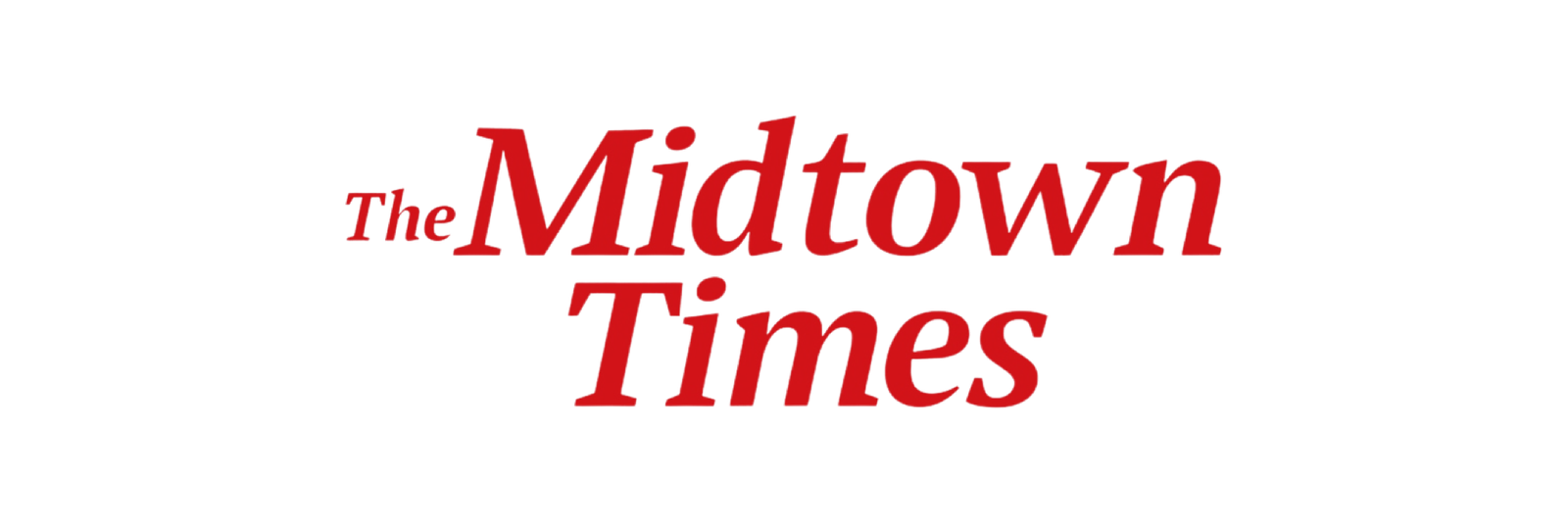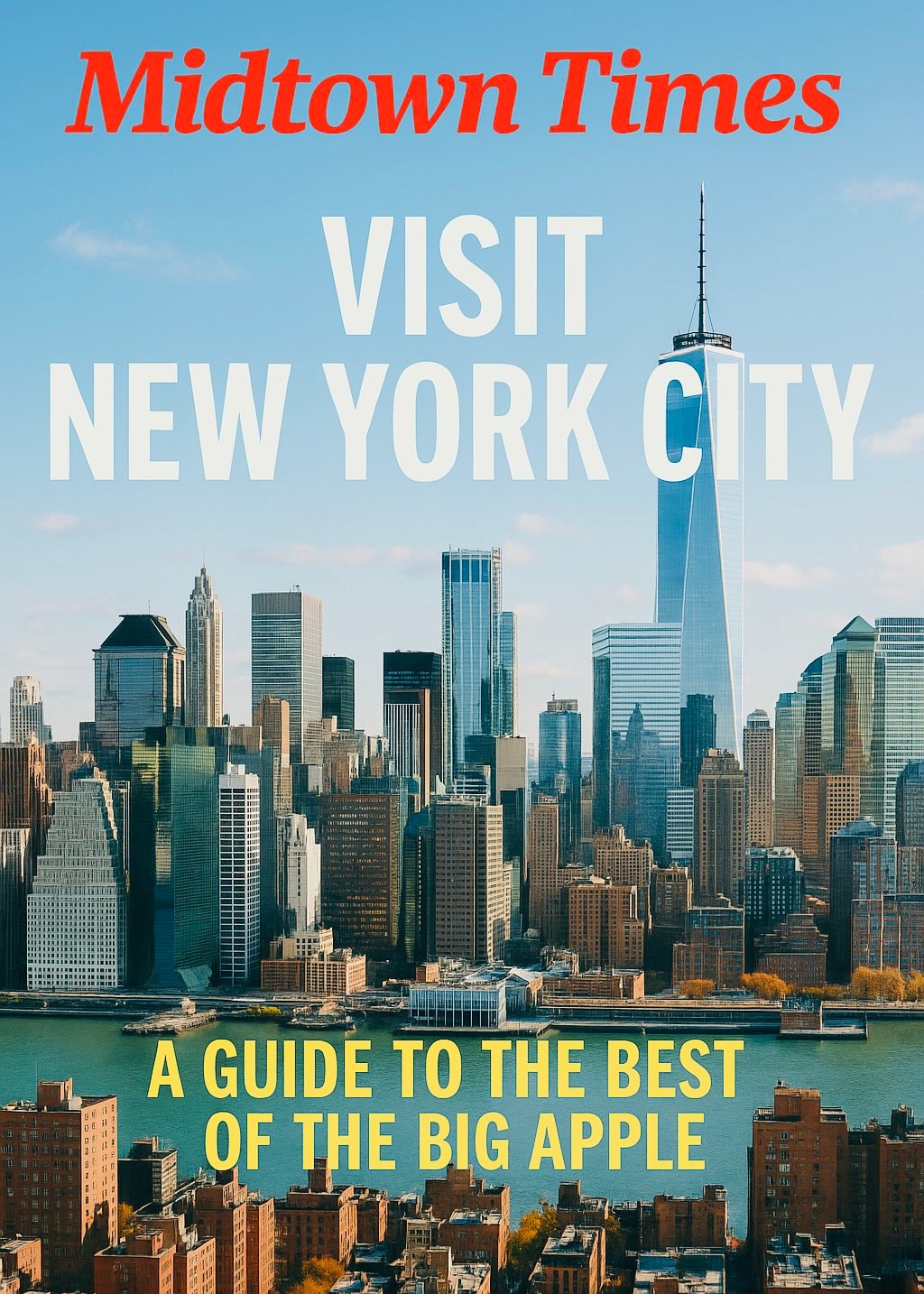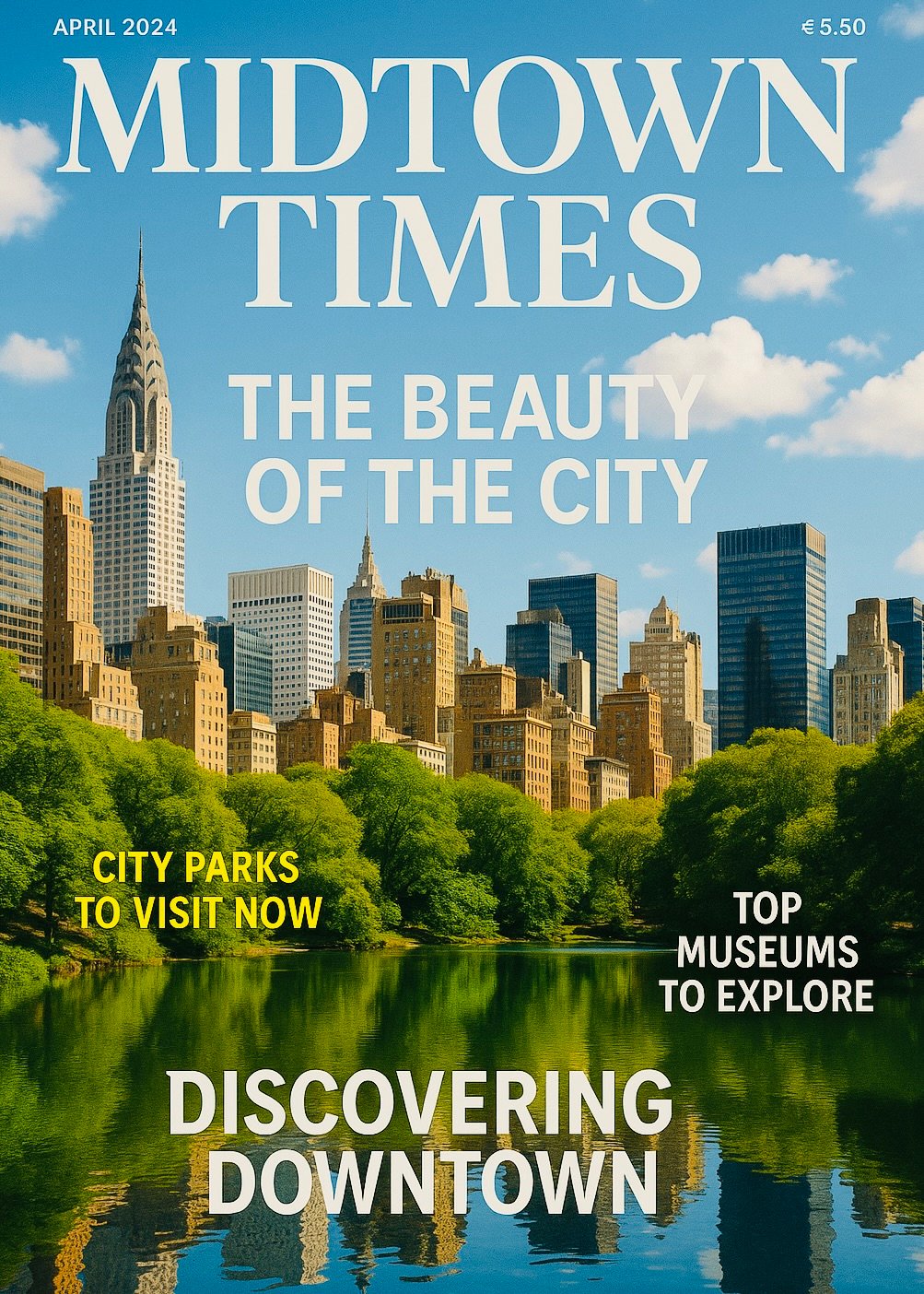U.S. Education – As another college admissions season approaches, the promise of an Ivy League education remains a distant yet shining beacon for many high-achieving students from underprivileged backgrounds. But behind the polished gates and crimson crests lies a sobering truth: the path to Harvard, Yale, Princeton, or any other elite institution is far from even, and recent political changes may have made the climb steeper than ever.
A Dream Constrained by Zip Code
In theory, elite universities open their doors to the brightest minds regardless of background. In practice, the numbers tell a different story. At Harvard, more than half of the students come from families in the top 20 percent of the income scale. Students from the lowest-income households are a statistical rarity.
The disparity begins long before an application is ever submitted. Under-resourced schools, limited access to advanced coursework, and fewer extracurricular opportunities put low-income students at a disadvantage from the start. Even the most gifted among them often apply to fewer selective colleges than their wealthier peers, shrinking their odds before the admissions game begins.
Legacy and Donor Privilege
One of the most contentious factors in elite admissions is legacy status, which is reserved for the children of alums. Studies suggest that being a legacy applicant can add approximately 160 SAT points to an application. Wealthy “development” candidates tied to large donations benefit from similar, if not greater, advantages.
Critics argue that these policies perpetuate privilege, maintaining the Ivy League as an exclusive club rather than a true meritocracy. Several states, including California, Maryland, and Colorado, have already banned legacy preferences, with early evidence showing increased enrollment among first-generation and low-income students.
The Early Decision Disadvantage
Early Decision (ED) programs, which allow students to commit to a school months before the regular application deadline, also tend to skew toward the affluent. While ED applicants enjoy significantly higher acceptance rates, the binding nature of the agreement makes it risky for families needing to compare financial aid offers. At some Ivies, such as the University of Pennsylvania, most of the first-year class is admitted through ED. This practice disproportionately benefits students who can afford to commit without knowing the final cost.
Political Shifts and New Hurdles
Seismic political and legal changes have reshaped the admissions landscape. In 2023, the U.S. Supreme Court struck down race-based affirmative action, ending a decades-long policy that considered race as part of a holistic admissions process. While students may still write about their experiences with race, institutions can no longer weigh it as a direct factor.
In August 2025, President Trump signed an executive order requiring universities to share detailed admissions data to prove they do not use race-conscious criteria. Critics fear this will chill diversity efforts, as schools may avoid even indirect methods of increasing racial representation to avoid political scrutiny.
Programs That Offer a Lifeline
Despite the obstacles, initiatives are working to bridge the gap. In Houston, the EMERGE program identifies and mentors first-generation, low-income students with the potential to attend Ivy League institutions. Participants receive guidance on applications, test prep, and navigating campus culture. Still, such programs reach only a fraction of eligible students.
Education advocates argue that the solution requires systemic change—investing in K–12 resources, expanding mentorship programs, and admissions practices that recognize talent beyond standardized test scores.
The Road Ahead
For underprivileged students, the Ivy League dream remains alive, but it is a dream that demands extraordinary perseverance. Without reform, structural inequalities will continue to favor the already advantaged, turning these elite institutions into reflections of privilege rather than engines of social mobility.
Change is possible, and it is happening in pockets, but whether the tide will turn in time for the next generation remains an open question.
The Midtown Times Staff, U.S. Education


